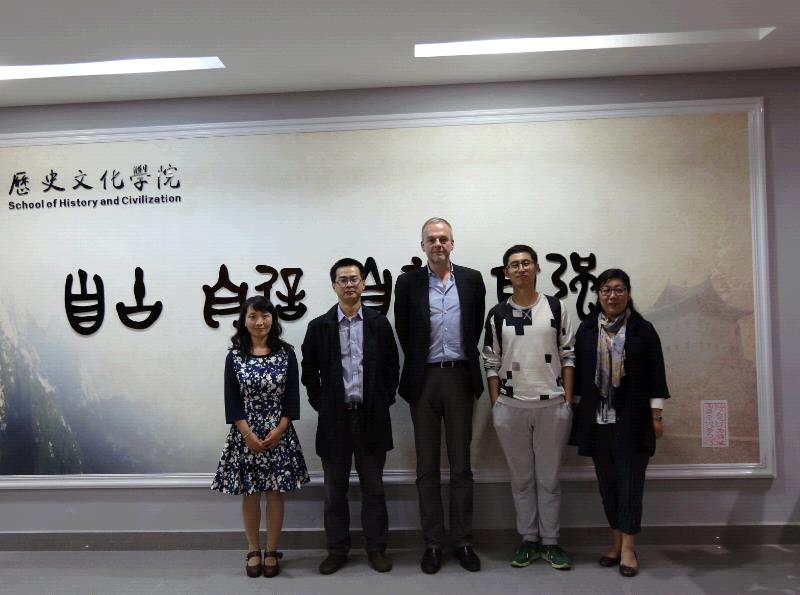On May 27, 2016, Dr. Walter Scheidel was invited to give a lecture on “Disease, Medicine, and Population in Ancient Rome”. Dr. Li Hua-cheng, executive director of Research Center for Social History of Medicine (RCSHM), served as the host.

At the beginning, Prof. Li briefly introduced Prof. Scheidel. As a professor in Stanford University as well as visiting scholar in Austria Academy of Sciences, University of Michigan, University of Copenhagen, Prof. Scheidel had excellent achievements in Roman History research. During the lecture, Prof. Scheidel’s focused on the following three issues: 1. the mortality patterns and causes in Rome; 2 the life status of Roman; 3. marriage and family structure of Roman. All discussions were based on a series of data collected by census and epitaph. Although the data couldn’t entirely reflected the situation in Rome, but it could still be a mirror to show the basic features of Roman society.
After the lecture, Prof. Li concluded: the first level of historical research is restoring the fact itself and the second level is to explain the fact. Prof. Scheidel’s explanations with a variety of data and tables showed us the study method of quantitative history. And the main reason of quantitative history’s transient flowering in China was that it had rich connotation: not only the data itself, but how to use/arrange data. “Though our research center is named as “medical social history”, Dr. Li explained, “there is no standard theory or method, and what we should do is learn from all the advanced technologies or knowledge all over the world to improve our research.”
